Let’s say you went to one of those drive-throughs where everything on the menu has a corresponding number. But this particular restaurant has an unrealistically big menu, so the numbers are all five digits long. You wanted a double cheeseburger – number 76239 – but you asked for 76251 by accident and got lasagna instead.
In spite of their similar numbers, those are two very different dishes. The same thing applies to 7.62×51 vs 7.62×39 – similar names, but totally different cartridges. If you wanted one and receive the other you’re going to be disappointed. Maybe not as disappointed as you would be if you tried to eat lasagna while driving, but disappointed all the same.
After reading this short article you’re never going to make that mistake (which many of our customers regrettably have). You’re going to know that shooters almost always use the 7.62×39 in the AK-47 combat rifle. The 7.62×51 is essentially the same as the 308 Win that people use for hunting deer.
The 7.62 NATO
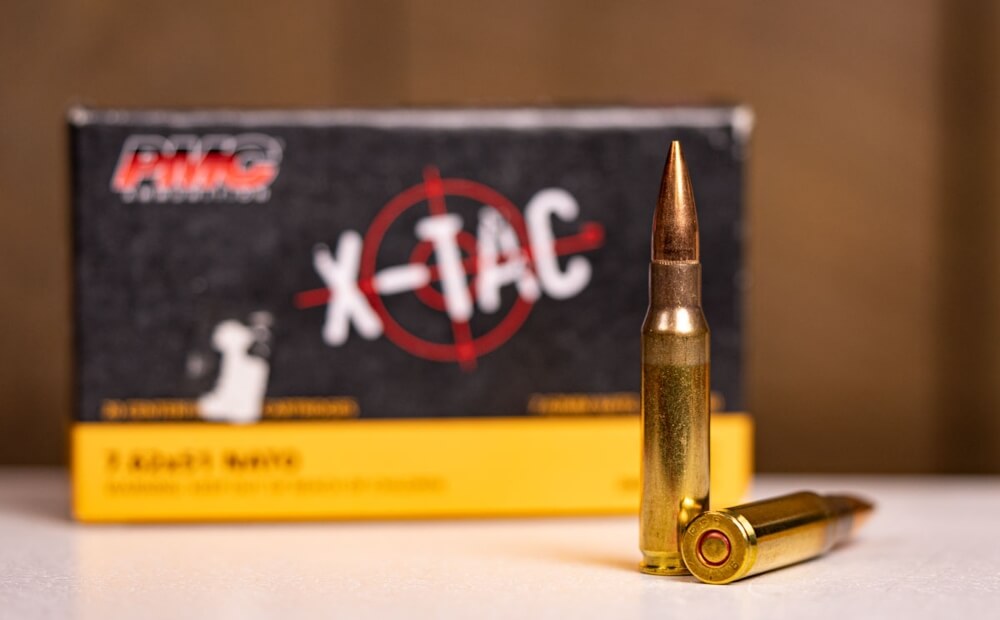
The 7.62×51 was developed as the standard cartridge for use by NATO. Therefore essentially an anti-Soviet cartridge. (The 30-06 could have served that role, but the WWI era cartridge proved a little too powerful to function correctly in semi-automatic rifles.) The U.S. Armed Forces adopted the M14 chambered for 7.62×51 in 1957, but eventually replaced it with the M16 chambered for 5.56×45 for two primary reasons: The thickets of Vietnam made it difficult to wield the longer M14, and the M16’s ammo is lighter.
The 7.62×51 is extremely similar to the commercial 308 Win and has the same dimensions. Although manufacturers load the 308 Win to a higher pressure (aka “hotter”), you can safely fire 308 Win ammo in a rifle chambered for 7.62×51 and vice versa. The 7.62×51 round’s .308 inch diameter bullet boasts an innately high ballistic coefficient, yet it’s relatively underpowered for its bore size. Nevertheless it remains one of America’s favorite deer hunting cartridges – not just thanks to its effective range of 600 yards, but also its pedigree as a military weapon. People like shooting what they know, and a lot of people come to know military weapons very, very intimately.
The 7.62×39 Soviet
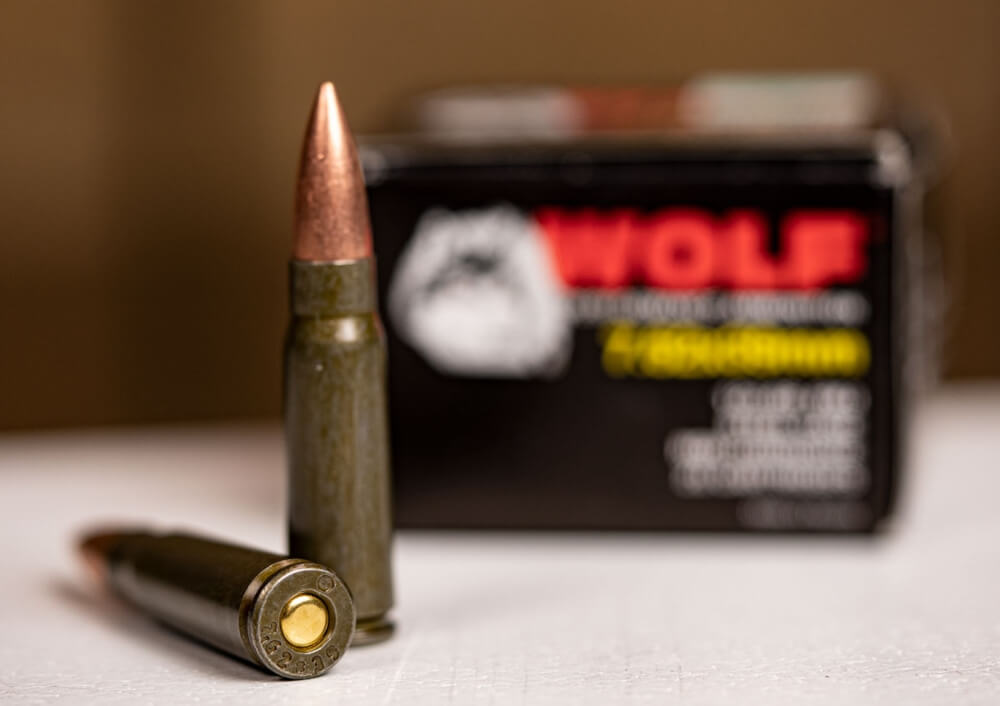
Soviet Russia developed the 7.62×39 toward the end of WWII. Conceived as an intermediate cartridge for use in semi-automatic and selective fire rifles, it found a perfect home in Mikhail Kalashnikov’s AK-47. As the AK-47 has become the most mass produced firearm in the world with as many as 150 million rifles in existence, its 7.62×39 cartridge is by no means an oddity.
7.62×39 ammo is a versatile cartridge by design – the Soviets knew as well as anyone that battlefields are unpredictable places. With its conventional 123 grain bullet and 2,350 fps muzzle velocity the 7.62×39 offers an effective range of 400 yards, yet it won’t punish its shooter with heavy recoil. The 7.62×39 is also a capable deer hunting cartridge. But, it fails to retain over 1,000 ft lbs of force once reaching 200 yards (this is the amount of energy considered by many to be the bare minimum for ethically hunting whitetail).
Round Comparison: 7.62×51 vs 7.62×39
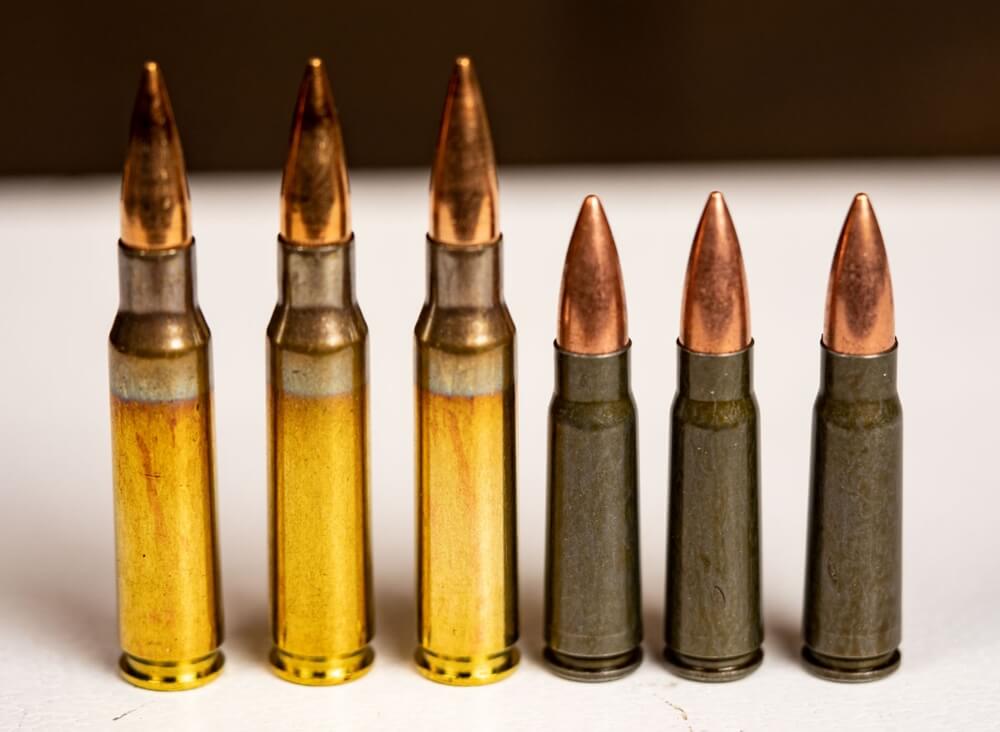
These two cartridges don’t beg comparison because they offer similar performance. You would only put them side by side because they are so similarly named and want to distinguish them from one another. So how does that stack up?
Power
Here the 7.62×51 certainly has the 7.62×39 beaten. Many shooters consider the 7.62×51’s power and resultant recoil too substantial to consider using it for home defense, as a matter of fact.
A 7.62×51 M80 cartridge has a 147 grain bullet loaded to a muzzle velocity of 2,800 fps. This gives it a muzzle energy of 2,559 ft lbs. The 7.62×39 cartridge often has a 123 grain bullet loaded to a muzzle velocity of about 2,350 fps. This gives it a substantially lower muzzle energy of 1,508 ft lbs. That makes the 7.62×51 about 40 percent more powerful!
Trajectory
Which cartridge shoots flatter? The 7.62×51 again. It may have a heavier projectile, but gravity affects bullets of all weights equally. What matters is the 7.62×51’s faster muzzle velocity, which permits its bullet to cover more ground in less time. The 7.62×51 exhibits a bullet drop of about 14 inches at 300 yards, while the 7.62×39 drops nearly 24 inches in the same distance!
Price
The Soviets naturally didn’t want to give a very expensive rifle and ammunition to some dirt farmer they had just plucked out of Siberia to send to the front lines. To this day the 7.62×39 is pretty economical. This is especially true because the AK-47 is famous for reliably cycling steel cased ammo (which is much cheaper than brass).
If anything, the 7.62×39 is the cheaper cartridge because it is smaller. It weighs about 252 grains, so producing one takes about one third less raw materials than an approximately 392 grain 7.62×51. This size difference also reflects the 7.62×51’s greater power.
7.62×51 vs 7.62×39 – Which Is Better?
In the battle of 7.62×51 vs 7.62×39 there is no “better.” Both cartridges are exceedingly good at what they’re designed to do. Declaring one of them superior would be like saying a cat is better than a dog because it can catch mice. You’d be overlooking the dog’s ability to chase cars or retrieve ducks. So, you have to consider what your use will be for each round.
For cheap range training and home defense when your ability to accurately direct rapid fire is crucial, you’d probably want to favor the 7.62×39. For long distance shooting and deer hunting, the 7.62×51 is the frontrunner. Of course we’re biased as ammo peddlers but we think you ought to get rifles that can fire both cartridges because that way you get to have twice as much fun!

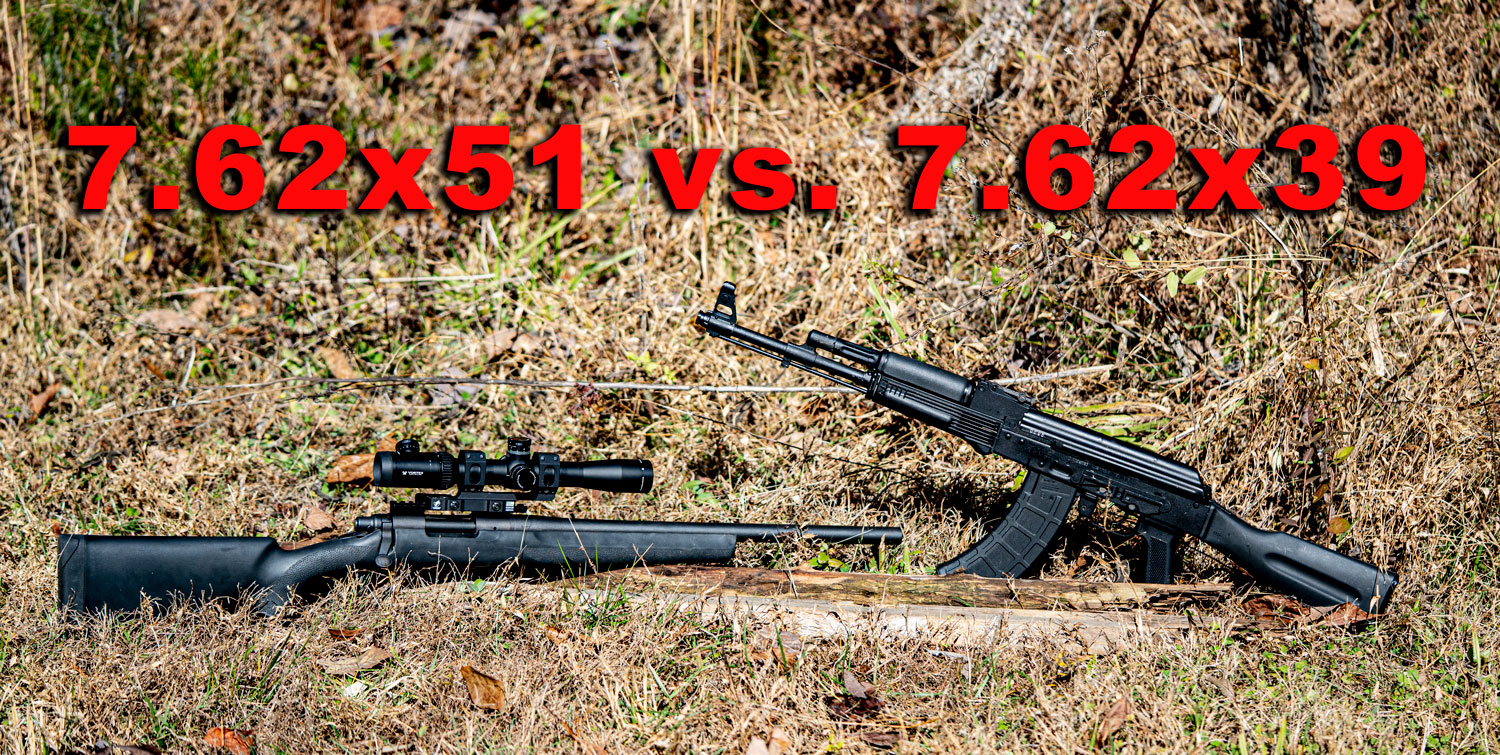
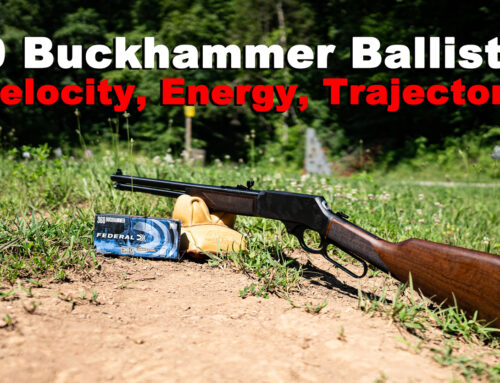
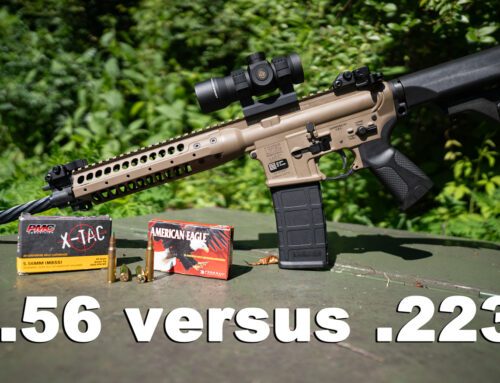
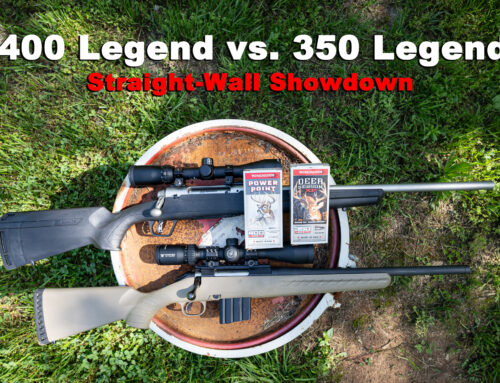
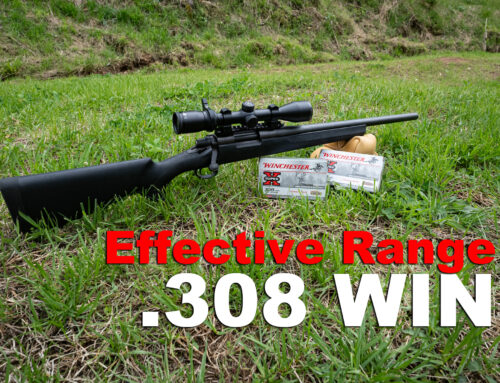
The 762×39 you should be caparing it to the 300BO or the 556 because the preferred weapons will be AK’s vs M4’s (AR). I just tell everyone it’s a cheap Blackout especially not that there’s so many AR’s with the 762×39 format! I love shooting my 7” blackout with the 220 grain bullet because of the size lead going down range!
As an infantryman with the Australian army in Vietnam, we used the L1A1, 7.62×51 Self Loading Rifle, SLR . (Canadian C1A1, US “Inch pattern FAL.). In combat, the difference between that and the AK47 7.62×39, was noticeable. Where the AK made a sharp crack, and blew up wood splinters and leaves, the SLR 7.62×51 made a deep crack-boom, and punched clean through thigh thick trees, and even single layer sandbags. I found it immensely morale building, in that the opposition were in absolutely no doubt that they were being fired upon.
i swear by 7.62*39 after having aks and sks but do like a 308
Where I go with this is the NATO round. China just replaced their AK’s with the QBZ-191 rifle that is chambered in the Chinese-proprietary 5.8×42mm caliber with a redesigned DBP-191 ammunition that has better ballistic performance at medium to long ranges. How dumb are the Chinese? Well, NATO rounds are everywhere.
Let me see… 7.26mm diameter, 175 grain Sierra Match King, travelling at 2700 fps. with a sub-1.5 inch group at 100 yards, lethal to 600 yards… compatible with the FN-FAL, M14, CETME/HK G3, AR10, and even the re-barreled M1, as well as some of the most accurate rifles on the planet… guess which one I’m going to buy…
I have a Rugger mini 30 it fires 7.62by 39 has a wood stock and a scope very accurate weapon looks like a hunting rifle One hell of a nice rifle far better than Ak for sure